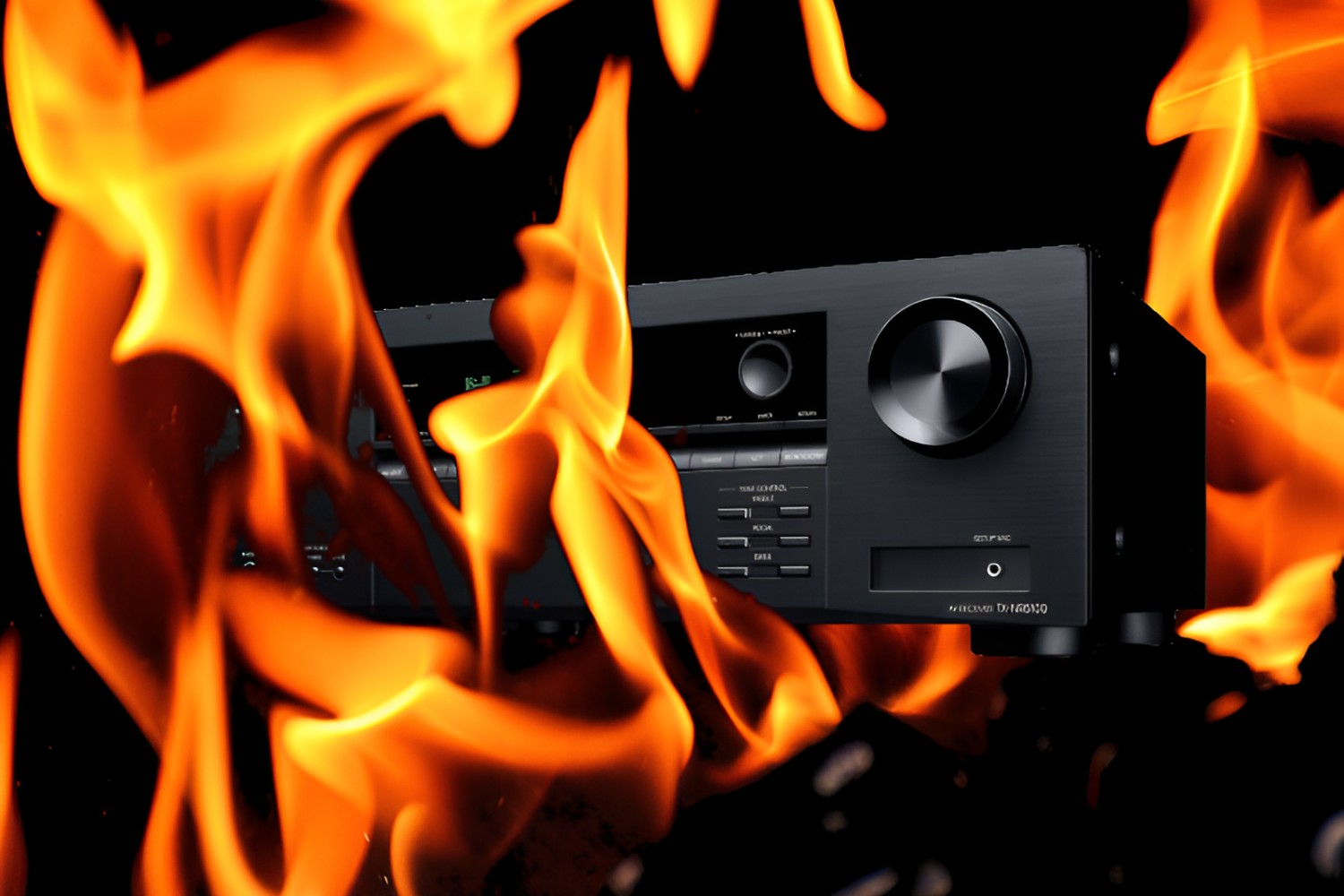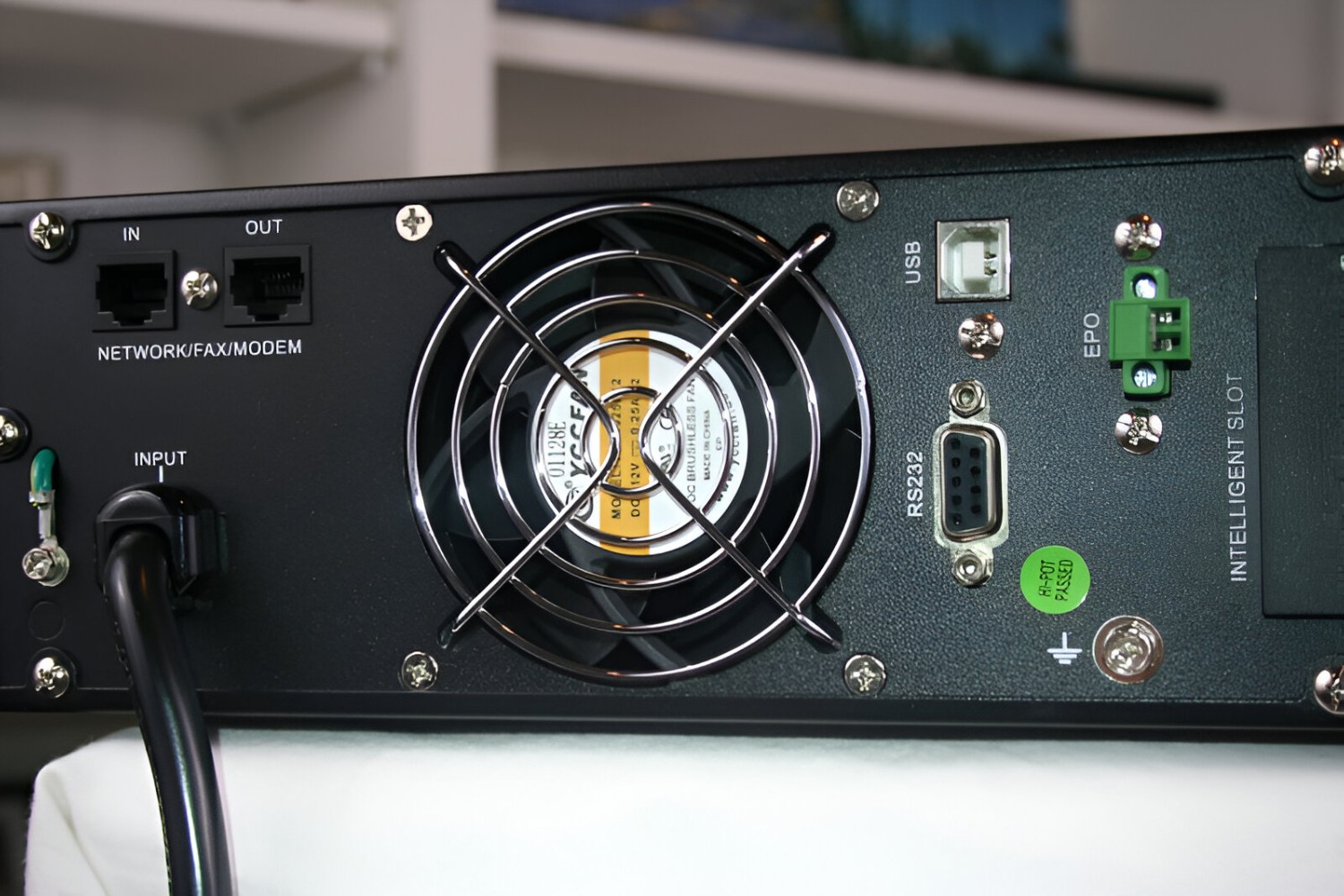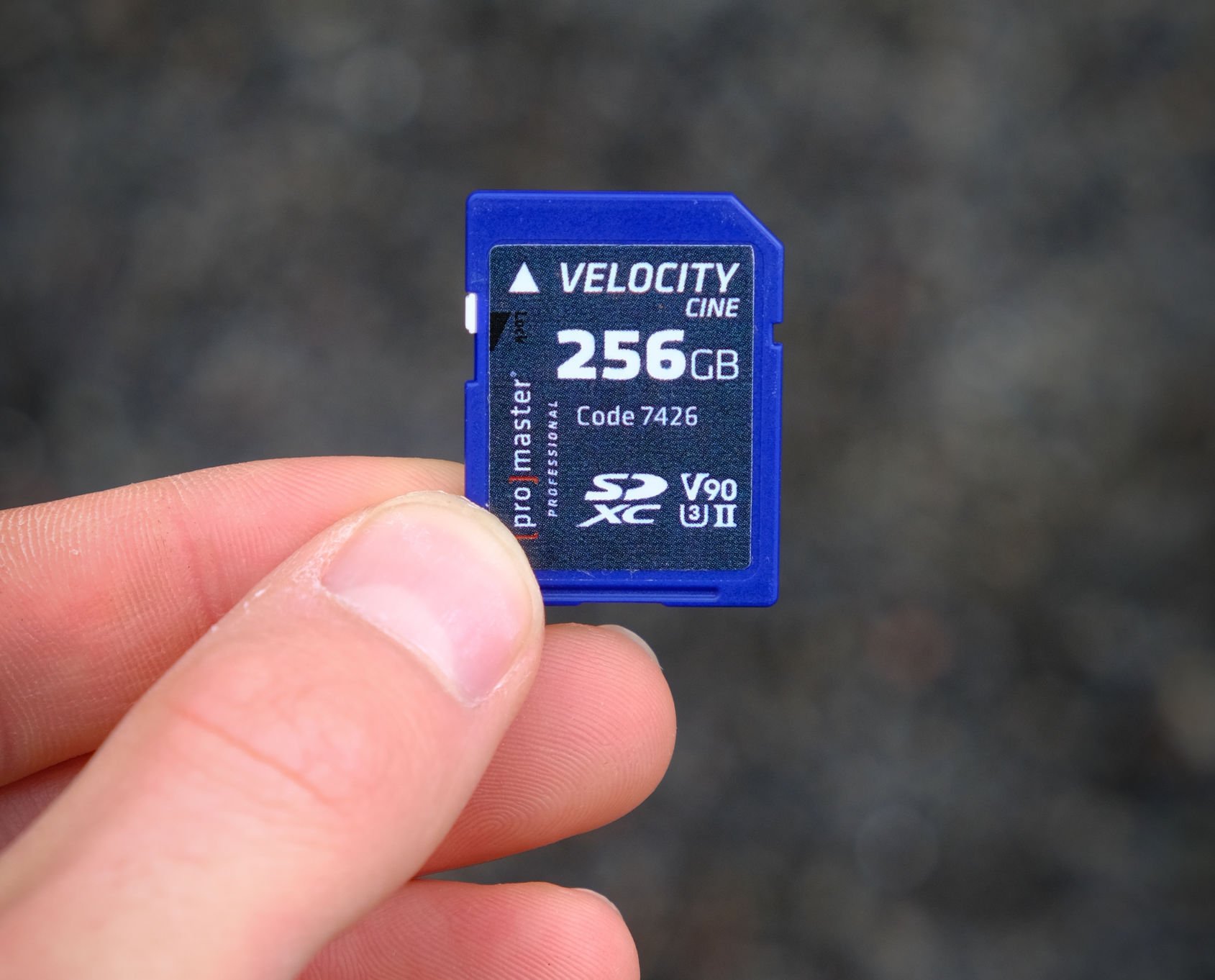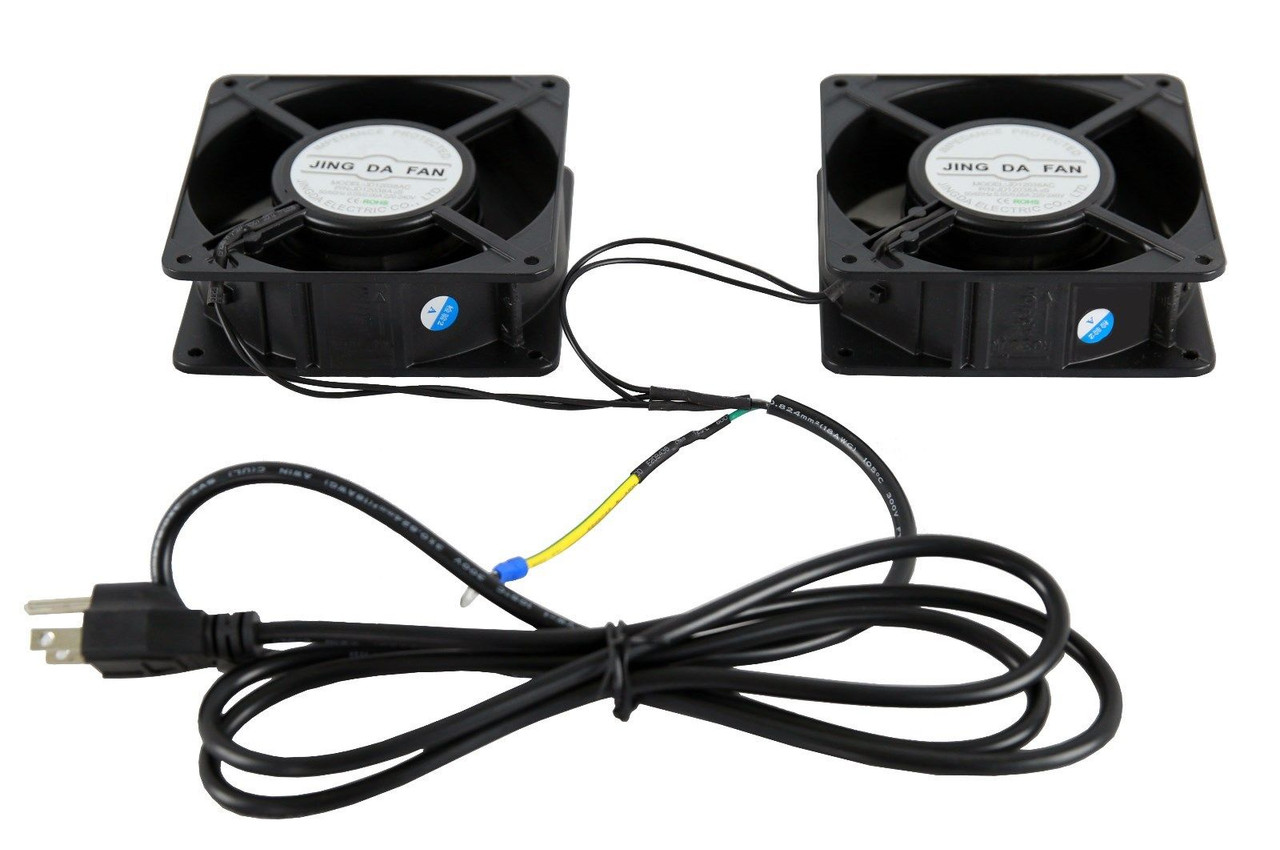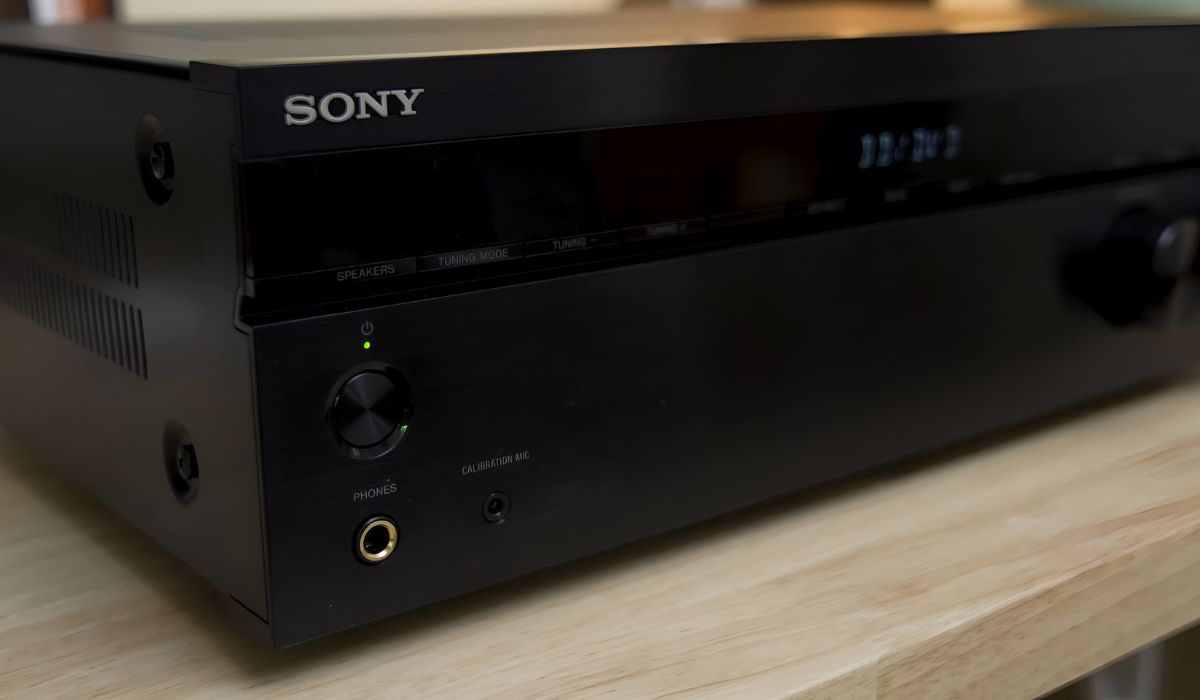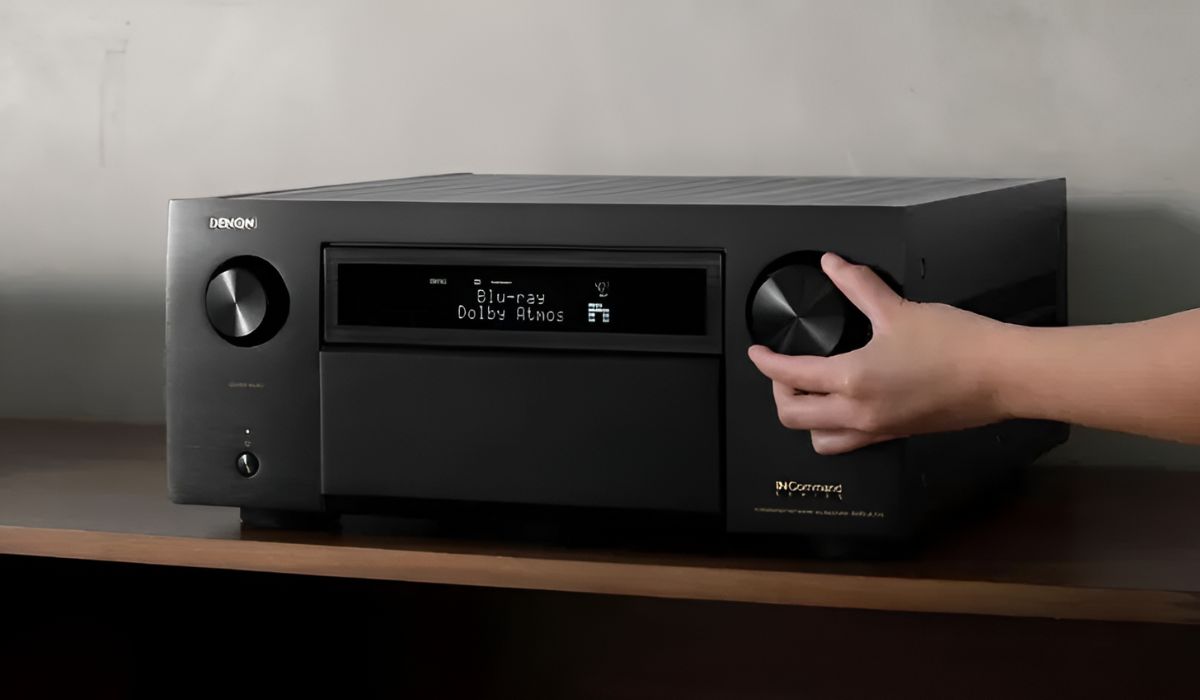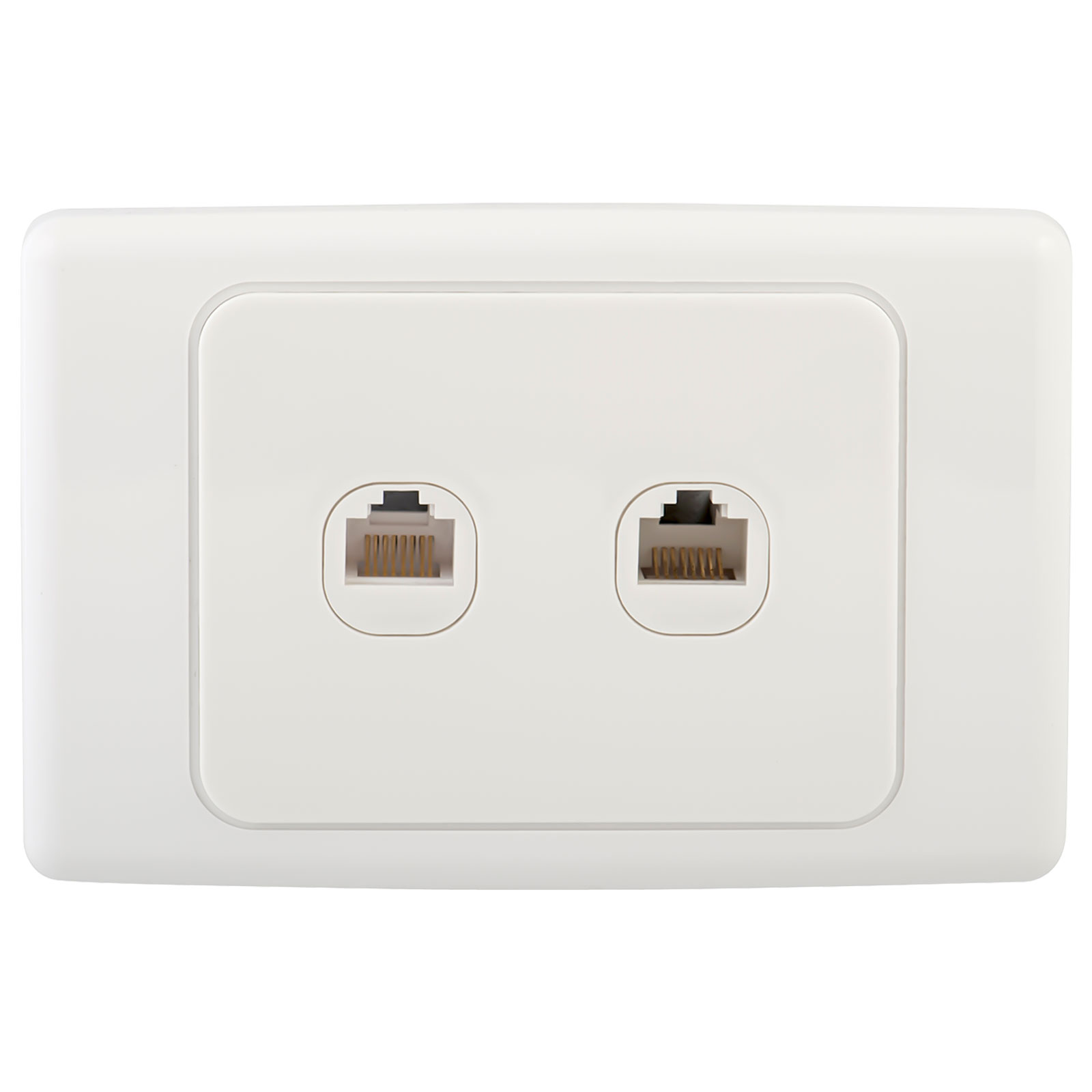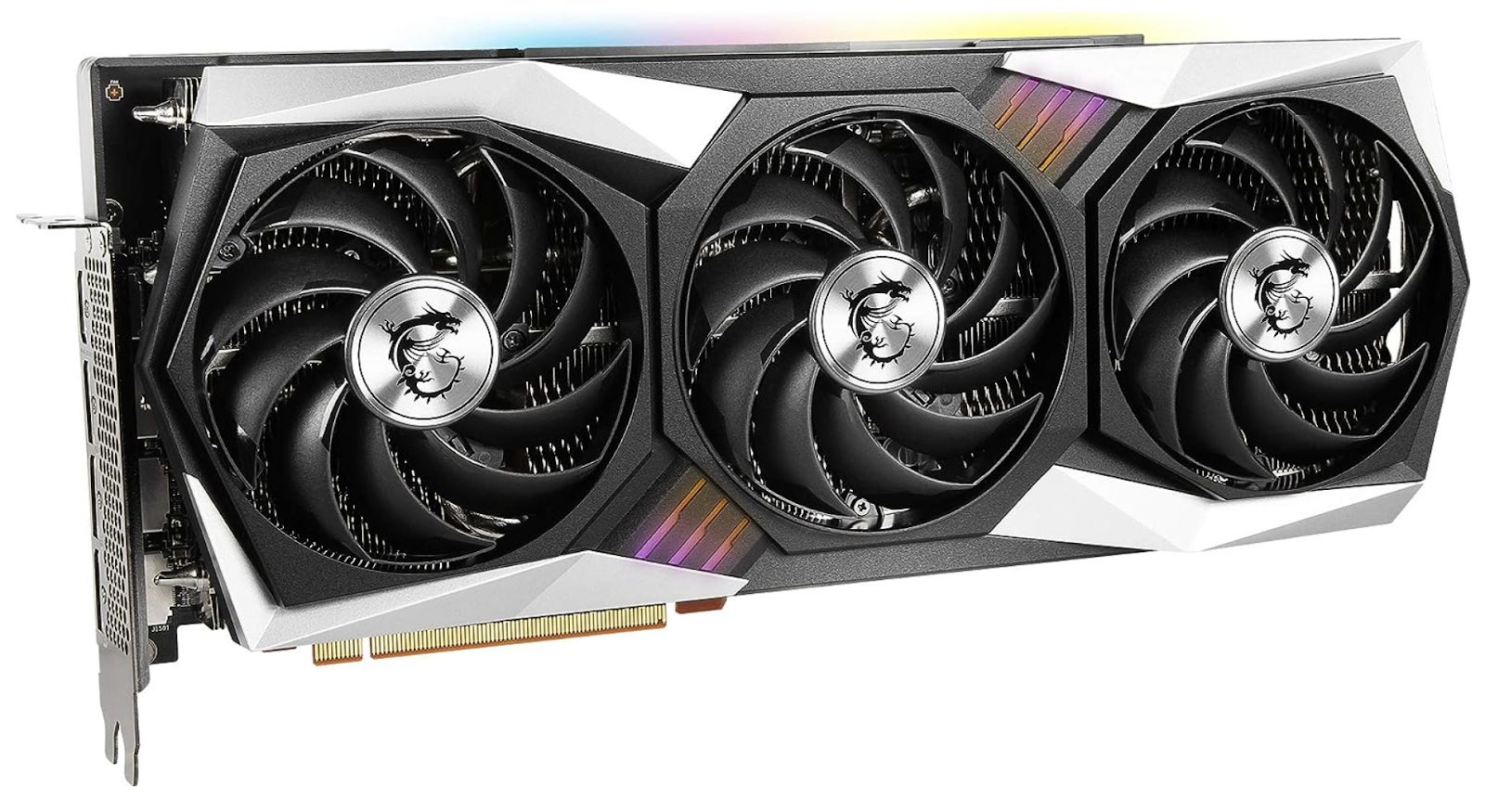Introduction
Introduction
When it comes to enjoying a cinematic experience or immersing oneself in the world of music, an AV receiver plays a pivotal role in delivering high-quality audio and visual performance. However, just like any electronic device, an AV receiver is susceptible to overheating, which can significantly impact its functionality and longevity. Understanding the temperature thresholds at which an AV receiver operates optimally is crucial for ensuring its smooth performance and preventing potential damage.
The operating temperature range of an AV receiver is a critical factor that directly influences its overall efficiency and lifespan. By delving into the nuances of this range, it becomes evident that various environmental and usage-related factors can impact an AV receiver's temperature. Recognizing the signs of overheating and implementing preventive measures are vital steps in safeguarding the optimal functioning of this essential audio-visual component.
In this comprehensive guide, we will explore the critical aspects of an AV receiver's operating temperature, the factors that can affect its temperature, the warning signs of overheating, and practical tips for preventing such issues. By gaining insights into these facets, you will be better equipped to ensure the longevity and optimal performance of your AV receiver, thereby enhancing your overall audio-visual experience.
Understanding the Operating Temperature Range
Understanding the operating temperature range of an AV receiver is essential for maintaining its optimal performance and longevity. Most AV receivers are designed to operate within a specific temperature range, typically between 40 to 95 degrees Fahrenheit (4 to 35 degrees Celsius). This range is carefully determined by the manufacturer to ensure that the internal components function efficiently without being subjected to excessive heat or cold.
Operating an AV receiver within the recommended temperature range is crucial for several reasons. Firstly, temperatures outside this range can lead to thermal stress on the internal components, potentially causing performance degradation or even permanent damage. Extreme heat can accelerate the aging of electronic components, while extreme cold can affect the fluidity of lubricants and impact the mechanical parts.
Moreover, maintaining the AV receiver within the specified temperature range is vital for preventing thermal runaway, a phenomenon where the device’s internal temperature continues to rise uncontrollably, leading to catastrophic failure. By adhering to the recommended operating temperature range, users can mitigate the risk of thermal instability and ensure the consistent performance of their AV receiver.
Factors such as ambient room temperature, ventilation, and the placement of the AV receiver can significantly impact its operating temperature. Placing the receiver in an enclosed cabinet or in close proximity to heat-generating devices can elevate its temperature beyond the recommended range. Conversely, ensuring adequate ventilation and placing the receiver in a well-ventilated area can help maintain its temperature within the optimal range.
By comprehending the significance of the operating temperature range and its impact on the AV receiver’s performance, users can make informed decisions regarding its placement and usage, thereby maximizing its efficiency and longevity.
Factors Affecting AV Receiver Temperature
Several factors can influence the temperature of an AV receiver, thereby impacting its overall performance and longevity. Understanding these factors is crucial for maintaining the optimal operating conditions of the device.
- Ambient Room Temperature: The ambient room temperature plays a significant role in determining the temperature of the AV receiver. In warmer environments, the receiver is more likely to operate at the upper limits of its temperature range, potentially leading to overheating. Conversely, colder temperatures can affect the fluidity of lubricants and impact the mechanical components of the device.
- Ventilation and Airflow: Adequate ventilation is essential for dissipating the heat generated by the AV receiver during operation. Insufficient airflow, especially when the receiver is placed in a confined space or within an enclosed cabinet, can impede heat dissipation, leading to an increase in temperature. Proper airflow, on the other hand, facilitates heat dispersion and helps maintain the receiver within its optimal temperature range.
- Placement of the Receiver: The location where the AV receiver is placed can significantly influence its temperature. Placing the receiver in close proximity to heat-generating devices such as amplifiers, gaming consoles, or cable boxes can elevate its temperature. Additionally, placing the receiver on a surface that obstructs ventilation can impede heat dissipation, leading to increased operating temperatures.
- Duration of Use: Prolonged usage of the AV receiver, especially at higher volume levels, can contribute to an increase in its temperature. The continuous operation of internal components, such as amplifiers and processors, generates heat, and extended usage without adequate cooling intervals can lead to elevated temperatures.
- Speaker Impedance and Configuration: The impedance and configuration of connected speakers can impact the load on the receiver’s amplifiers, potentially affecting its temperature. Driving low-impedance speakers or operating multiple speakers in a demanding configuration can increase the load on the receiver, leading to elevated temperatures during operation.
By considering these factors and implementing appropriate measures, such as maintaining a suitable ambient temperature, ensuring proper ventilation, strategic placement of the receiver, and allowing cooling intervals during extended usage, users can effectively manage and mitigate the impact of these factors on the temperature of their AV receiver.
Signs of Overheating
Recognizing the signs of overheating in an AV receiver is crucial for identifying potential issues and taking corrective measures to prevent damage and performance degradation. Several indicators can signal that the receiver is operating at an elevated temperature, warranting immediate attention from the user.
- Excessive Heat Emanation: One of the most apparent signs of overheating is the emanation of excessive heat from the AV receiver. When the device feels excessively hot to the touch, especially in comparison to its usual operating temperature, it indicates that the internal components are experiencing elevated temperatures.
- Auto-Shutdown or Unexpected Power Cycling: Overheating can trigger built-in safety mechanisms within the AV receiver, leading to automatic shutdown or unexpected power cycling. If the receiver powers off or restarts unexpectedly during operation, it may be a sign of thermal protection mechanisms being activated to prevent damage to the internal components.
- Audio Distortion or Clipping: Elevated temperatures can impact the performance of the receiver’s amplifiers, leading to audio distortion or clipping. If the audio output exhibits sudden distortions, crackling sounds, or intermittent interruptions, it may be indicative of overheating affecting the amplifier circuits.
- Unresponsive Controls or Display Anomalies: Overheating can cause erratic behavior in the receiver’s controls or display. Users may experience unresponsive buttons, erratic remote control functionality, or anomalies in the on-screen display, indicating that the internal components are operating at temperatures beyond their optimal range.
- Unusual Odors or Smells: Overheating can result in the emission of unusual odors or smells from the AV receiver. If users detect a distinct burning odor or notice unusual smells emanating from the device, it is a clear indication of overheating, potentially signaling damage to internal components.
It is imperative for users to remain vigilant and promptly address these signs of overheating to prevent long-term damage to the AV receiver. Ignoring these indicators can lead to performance degradation, premature component failure, or even permanent damage to the device. By staying attuned to these signs, users can take proactive measures to mitigate overheating and safeguard the optimal functioning of their AV receiver.
Tips for Preventing Overheating
Preventing overheating in an AV receiver is essential for ensuring its longevity and optimal performance. By implementing the following practical tips, users can effectively mitigate the risk of overheating and maintain the device within its recommended operating temperature range.
- Optimal Placement: Ensure that the AV receiver is placed in a well-ventilated area with sufficient airflow. Avoid placing the receiver in enclosed cabinets or congested spaces that impede heat dissipation. Additionally, maintain a clear space around the receiver to facilitate proper ventilation and airflow.
- Adequate Ventilation: When setting up the AV receiver, pay attention to the ventilation requirements specified by the manufacturer. Ensure that the ventilation openings on the receiver are unobstructed and free from dust or debris. Consider using a cooling fan or installing additional ventilation if the receiver is placed in a confined space.
- Temperature Monitoring: Utilize temperature monitoring tools or features, if available, to keep track of the receiver’s operating temperature. Some modern receivers offer temperature sensors or diagnostic capabilities that enable users to monitor temperature levels and take preventive action if the device approaches its upper temperature limits.
- Strategic Cooling: During extended usage or in environments with elevated ambient temperatures, consider employing strategic cooling methods to maintain the receiver’s temperature within the optimal range. This can include using external fans, room air conditioning, or dedicated cooling solutions to regulate the temperature in the vicinity of the receiver.
- Regular Maintenance: Perform regular maintenance to ensure that the receiver’s ventilation openings are clean and unobstructed. Periodically dust the exterior and interior of the receiver using a soft brush or compressed air to prevent the accumulation of dust and debris, which can impede airflow and contribute to elevated temperatures.
- Load Management: Exercise caution when connecting speakers to the receiver, ensuring that the speaker impedance and configuration comply with the manufacturer’s recommendations. Avoid overloading the receiver with an excessive speaker load, as this can lead to increased heat generation and potentially elevate the device’s operating temperature.
By adhering to these preventive measures and maintaining a proactive approach to temperature management, users can effectively safeguard their AV receiver from overheating, thereby preserving its performance and prolonging its lifespan.
Conclusion
Understanding the operating temperature range, factors affecting AV receiver temperature, signs of overheating, and practical tips for preventing overheating are essential components of ensuring the optimal performance and longevity of this critical audio-visual device. By comprehending the nuances of these aspects, users can proactively manage the temperature of their AV receivers, mitigating the risk of overheating-related issues and preserving the device’s functionality.
The operating temperature range serves as a fundamental guideline for maintaining the AV receiver within its optimal thermal conditions. By adhering to this range and considering environmental and usage-related factors, users can create an environment that promotes the efficient operation of the device while minimizing the risk of thermal stress or instability.
Factors such as ambient room temperature, ventilation, placement of the receiver, duration of use, and speaker impedance can significantly impact the temperature of the AV receiver. Recognizing these factors empowers users to make informed decisions regarding the setup and usage of the device, thereby managing its temperature more effectively.
Identifying the signs of overheating is crucial for prompt intervention and preventive action. By remaining vigilant for indicators such as excessive heat emanation, auto-shutdown, audio distortion, unresponsive controls, and unusual odors, users can address potential overheating issues before they escalate, safeguarding the receiver from long-term damage.
Implementing practical tips for preventing overheating, including optimal placement, adequate ventilation, temperature monitoring, strategic cooling, regular maintenance, and load management, equips users with proactive measures to mitigate the risk of overheating and maintain the optimal operating conditions of their AV receivers.
By integrating these insights into their approach to AV receiver management, users can elevate their audio-visual experiences while ensuring the durability and consistent performance of this indispensable component of their entertainment systems.







